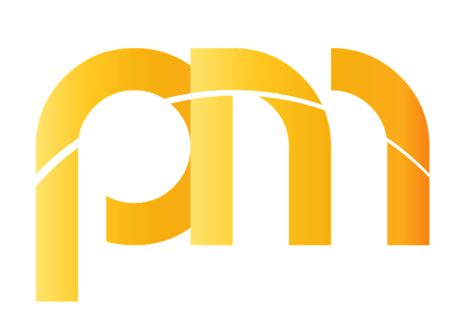
Creating an SEO on-page work list gives you a clear map to make your website easier to find, understand, and love by users and search engines.
An on-page SEO list is all about managing the pieces you can control on your site to make sure it’s ready to connect with the right audience.
From keywords to mobile-friendly designs, on-page SEO helps people find, trust, and stay on your site.
What Should You Include in an SEO On-Page Work List?
A good SEO on-page work list covers everything that makes your site more user-friendly and searchable.
Some of the main steps include:
- Optimizing page titles, headers, and meta descriptions.
- Adding helpful internal links to guide readers.
- Using keywords naturally within quality content.
- Creating fast, mobile-friendly pages that work across devices.
Every step helps your site become more meaningful to users and more valuable to search engines.
How Do You Choose Target Keywords for On-Page SEO?
Think of keywords like the signposts of your content – they lead people to what they’re looking for.
Here’s how to find the right ones for your on-page SEO:
- Use tools like Google Keyword Planner to find words and phrases your audience is searching for.
- Look at long-tail keywords for more specific user intent.
- Research what similar businesses are doing to identify new ideas.
Once you find your keywords, use them naturally in your titles, headers, and main content – this helps bring your audience to the heart of your message.
How to on-page SEO successfully often starts with smart keyword use.
What Are the Best Practices for Title Tags and Meta Descriptions?
The title tag and meta description are like your site’s welcome mat. A strong title tag:
- Includes your main keyword for easy searching.
- Stays short enough (under 60 characters) to be fully visible in search results.
The meta description should be a simple, inviting summary (120–160 characters) that hints at what readers will find.
For example, if you’re writing about how effective is content marketing, consider a description like, “Content marketing helps brands connect with people, build trust, and create strong, lasting relationships through real engagement.”
Why Does Internal Linking Matter, and How Should You Use It?
Internal links work like road signs on your site.
They lead users to the most helpful pages, keeping them engaged and making navigation easy:
- Link to other valuable pages, like blog posts or main service pages, so users find more content they care about.
- Use text that gives clear hints about what they’ll find, like “Read our SEO Checklist.”
- Choose quality over quantity – too many links can feel confusing.
Good internal linking helps visitors find answers, improves navigation, and builds trust.
Why Is Mobile-Friendliness Important for On-Page SEO?
Today, most people are viewing websites from their phones, so mobile-friendliness is essential to keeping users engaged and supporting your SEO goals.
Here’s what to focus on:
- Use responsive design, so pages automatically fit any screen size.
- Test your site on different devices for easy navigation.
- Keep load times fast, especially for mobile users who may be on slower connections.
By making your site accessible on mobile, you help users stay longer and make search engines happy.
Moving Forward
Mastering on-page SEO doesn’t happen overnight, but it’s achievable with a solid SEO on-page work list that you follow step-by-step.
Every optimization, from mobile-friendliness to keyword use, helps make your site better for real people and search engines alike.
At Permission Marketing, we understand that the journey starts with discovery, learning who you are, and building a roadmap that reflects your unique purpose.
Each action we recommend is predicated on your real goals, building toward a future where your online presence brings genuine value to your audience.
Embracing on-page SEO helps bridge the gap between you and those searching for your services, connecting your brand to the people who need it most.

